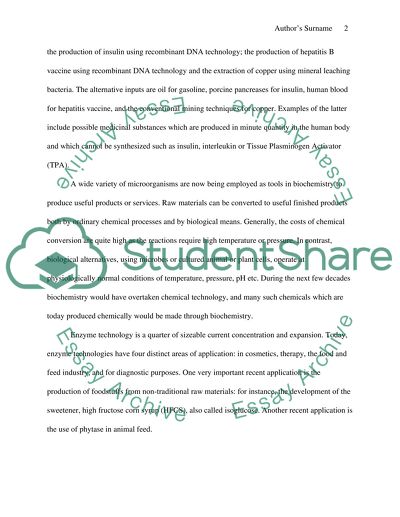Cite this document
(“Bio Chemistry Essay Example | Topics and Well Written Essays - 2250 words”, n.d.)
Retrieved from https://studentshare.org/technology/1534271-bio-chemistry
Retrieved from https://studentshare.org/technology/1534271-bio-chemistry
(Bio Chemistry Essay Example | Topics and Well Written Essays - 2250 Words)
https://studentshare.org/technology/1534271-bio-chemistry.
https://studentshare.org/technology/1534271-bio-chemistry.
“Bio Chemistry Essay Example | Topics and Well Written Essays - 2250 Words”, n.d. https://studentshare.org/technology/1534271-bio-chemistry.


